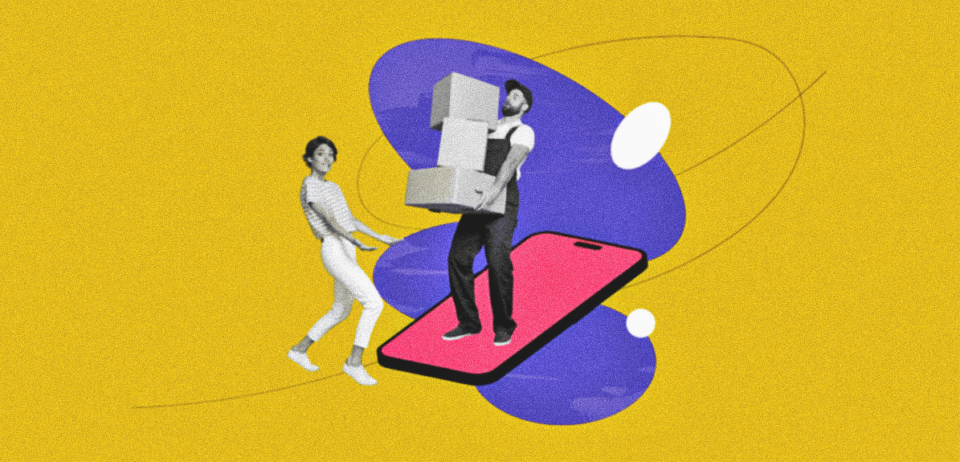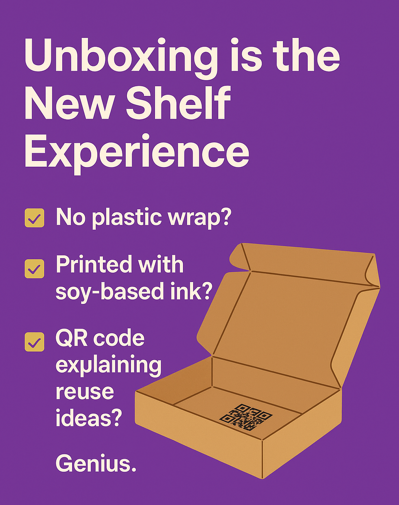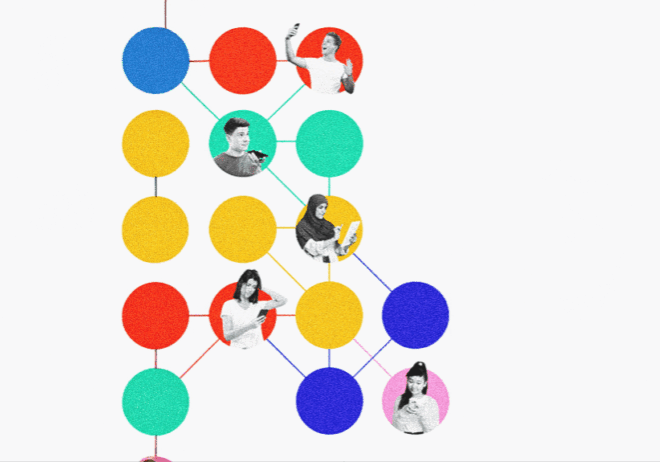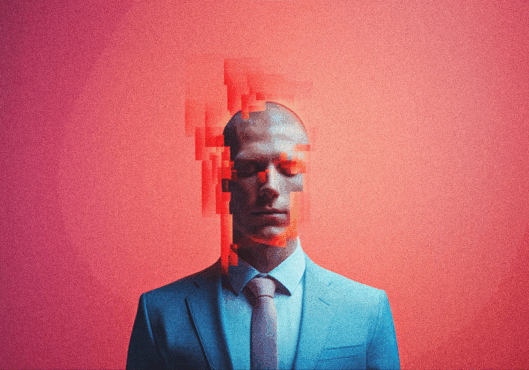
Redefining Sustainable Packaging in 2025: How Digital-First Brands are Prioritizing Values Over Visuals
It may sound weird, but it’s reality — today, consumers don’t easily fall for a pretty box anymore. What once dazzled shoppers on retail shelves, bold typography, flashy colors, and high-gloss finishes, now barely earns a second glance. We’re in the age of conscious consumption. For digital-first brands, packaging has gone from a marketing tool to a moral compass and has been converted into sustainable packaging.
For instance, when your first interaction with a brand happens on Instagram and your first physical experience is the box that lands at your doorstep, the packaging isn’t just wrapping—it’s a message. And increasingly, that message is about ethical decisions, sustainable packaging, and principles that go beyond the product.
As more companies launch and grow online, they’re rewriting the rules—prioritizing what packaging stands for over how it looks. And at the heart of this evolution? Sustainable packaging that reflects purpose, transparency, and long-term thinking.
Scroll, click, and ship: Let’s understand the new customer journey
Here’s what’s changed: When you discover a brand on Instagram, you don’t touch the product—you experience the story.
You read about their mission, their ingredients, and their community. If you decide to buy it, your first physical touchpoint is the package that lands at your door.
That box? It had better live up to the brand promise. Because it’s no longer just functional—it’s emotional. And digital-first brands know this. They’re using packaging to say: “We care about the planet. We care about you.”
Values > visuals: The new design philosophy
Let’s be clear: digital-first brands haven’t stopped caring about aesthetics. But now, design is in the service of values.
Minimalist design, earthy tones, and uncoated kraft paper aren’t just trends—they’re visual cues for sustainability. A compostable pouch or a recycled mailer communicates more than a logo ever could. The visual now supports ethics.
Even the most visually driven industries are catching on. Beauty brand Glossier, for example, once known for its millennial-pink bubble wrap pouches, recently shifted toward more eco-conscious packaging. Why? Because Gen Z is calling out performative greenwashing and rewarding real change.
Unboxing is the new shelf experience
YouTube, TikTok, and Instagram have made unboxing a full-blown genre. And for digital-first brands, this moment is crucial. It’s the retail shelf meets brand manifesto.
Sustainable packaging turns unboxing into a feel-good moment:
- No plastic wrap? ✔
- Printed with soy-based ink? ✔
- Compostable mailer? ✔
- QR code explaining reuse ideas? Genius.

This shift from shiny to sustainable doesn’t mean brands are boring down. In fact, it’s unlocking creative storytelling. Some brands tuck personal notes inside. Others print their sustainability mission on the inside flaps. The outside might be plain, but inside, it’s all purpose.
Meet the pioneers: Brands walking the talk
These brands aren’t just talking about sustainability, they’re building it into every shipment. They set the bar for value-led packaging from innovative materials to zero-waste systems. Let’s look at some digital-first trailblazers putting values front and center.
Allbird
By eliminating unnecessary fillers and employing reduced packaging, Allbirds is further improving its environmentally friendly delivery. As of March 2025, customers report receiving shoes with plain, recycled-paper stuffing—no fancy graphics or plastic—underscoring a commitment to waste reduction and cost efficiency. Users note it comes in a plain, taped box sans decorative insert.

By Humankind
By Humankind remains steadfast in its zero-waste strategy. The brand still delivers personal-care essentials—like shampoo bars in reusable tins and mouthwash tablets in glass jars—inside compact, plastic-free mailers designed to minimize material use and carbon emissions.

Package Free
True to its name, Package Free continues shipping all products in 100% recyclable or compostable, plastic-free packaging. Their current fulfillment strategy emphasizes brand continuity and eco-friendly simplicity by using just cardboard boxes, paper tape, and no fillers.

The rise of compostable, recyclable, and refillable
Packaging options today are way beyond cardboard and bubble wrap. Here’s what’s trending in the sustainable packaging space:
Mushroom-based packaging (like Ecovative): Grows around the product, composts in 45 days (about 1 and a half months).
- Cornstarch-based mailers: Biodegradable alternatives to plastic poly mailers.
- Glass over plastic: Especially for skincare and food brands; recyclable and reusable.
- Aluminum bottles: Lightweight, endlessly recyclable, and often prettier than plastic.
- Refill systems: Brands like Blueland and Public Goods offer stylish containers and subscription refills to reduce waste.
These are brand assets for online-born brands, not just commodities. They help tell a story and build trust with eco-conscious consumers.
Why packaging choices are earning (or losing) customer loyalty
Gen Z and other younger consumers are not merely passive purchasers. They are co-creators, watchdogs, and campaigners.
A 2024 report by McKinsey found that over 70% of Gen Z consumers are willing to pay more for sustainable packaging. And it’s not just about climate change—it’s about alignment. They’re choosing brands whose ethics reflect their own.
In other words, packing is no longer secondary. It has a significant role in the decision to buy. Because of this change, brands can no longer hide behind slick designs or sophisticated marketing. If your box doesn’t match your brand’s mission, your audience will notice—and they won’t hesitate to call it out. Sustainable packaging is now a proof point, not a bonus. It tells consumers that you care about the planet, the product, and the person receiving it.
We can’t deny the hard truth: Sustainability isn’t smooth. It takes more than just changing a box to make the switch to sustainable packaging.
- Costs are higher, especially for compostable or custom materials.
- Supply chains are more complex.
- Packaging options that are both eco-friendly and aesthetic are still limited.
- “Sustainable” isn’t regulated; brands risk greenwashing without transparency.
Still, many startups see this as an investment, not an expense. Because authenticity builds loyalty, and loyal customers spread the word.
Rethinking packaging: From protection to platform
Digital-first brands are shifting focus from shelf appeal to shipping integrity. Packaging must reflect the brand’s values and endure the trip to the customer’s door in a world where internet discovery is the primary physical touchpoint.
It’s no longer about eye-catching design—it’s about durability, purpose, and reinforcing the story customers bought into. Looking ahead, packaging is evolving from a static wrapper to a dynamic platform. Thanks to QR codes, refillable systems, AI-optimized size, and transparent supply chains, packaging is becoming an experience.
The future belongs to brands that prioritize sustainability, circularity, and innovation, not just presentation.
Cut to the chase
In the end, it’s not about brown boxes versus bright colors. It’s about intention. Digital-first brands realize their packaging is a handshake, a promise, a statement. And if it’s made with care, for the planet, for the consumer, for the future, it speaks volumes. Because today, how you ship says more than how you shine. Start rethinking your packaging—not just as a box, but as your brand’s loudest advocate.


